A traditional dish associated with big noisy groups and cool summer nights sums up the season perfectly
It’s the kind of question those old Raj colonels must’ve asked themselves when they first went to India: why is everyone eating chili – which of course makes you sweat – in a climate that’s so sweaty anyway?
In the same vein, visitors to Cyprus are often puzzled by a certain culinary quirk. Why should a slab of fatty, meltingly tender lamb served with waxy, oven-baked potatoes be eaten in the heat of summer – and only in the heat of summer – at a time of year when the mind turns more naturally to a light salad, or a slice of watermelon?
Kleftiko is the slab of lamb in question – and it’s not just a quirk, it’s a tradition, part of our Intangible Cultural Heritage as defined by Unesco (which lists it as Traditional Ofto Kleftiko of Cyprus). There are dedicated restaurants serving nothing but kleftiko – but those restaurants typically open right after Easter and close in early November, their heavy, fatty staple being exclusively a summer dish.
When it comes to chili, the answer to the puzzle is clear (sweat is useful for cooling down the body in a hot climate). When it comes to kleftiko… well, the mainstream answer is also clear – but there’s also an alternative view.
“There’s a lot of fat, and cold weather makes the fat harden,” explains Chrystalla of Prosfygas tavern in Nicosia. “By the time you served it to the customer, it would harden on the plate,” agrees Panayiotis Melissos of Ofto Kleftiko Syrto Melissos, also in Nicosia (Ayios Dometios, near the racetrack), adding that the meat itself would probably harden too. Only in the summer, goes the consensus view, will the fat not congeal, and the dish be pleasant to eat.
Stavros Fokou of To Patrikon – the unique restaurant in the village of Tersefanou that offers a contemporary, fine-dining spin on Cypriot cuisine – has a different explanation.
Back in the day, he says, older animals (kleftiko is made with the meat of three- or four-year-old sheep) would give birth in the winter and nurse in the spring – so it was only in summer that they’d be slaughtered, kleftiko being the noble final act of an old Cypriot sheep’s life, and the custom stuck.
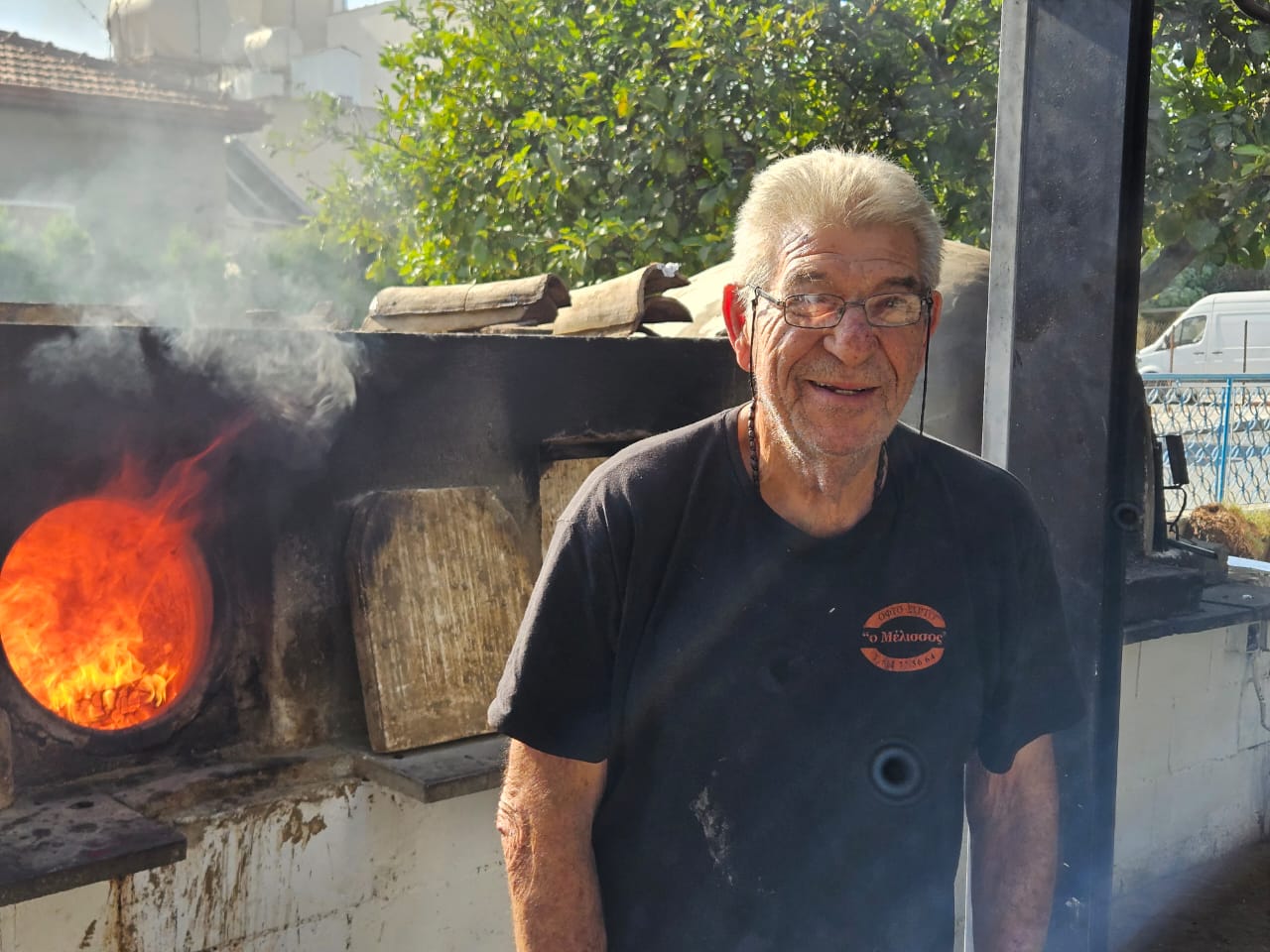
To be honest, that sounds more plausible than the mainstream view. A Cyprus winter is cold, but not exactly Arctic – and besides, the defining feature of kleftiko is that it’s cooked in an outdoor wood-fire oven that “retains the temperature, over 500 degrees,” says Panayiotis. The lamb has finished cooking hours before the restaurant even opens, then the oven stays hot all evening (it’s often still hot when they open it again next morning). Would meat from such an oven really cool down before it even got to the table?
Then again, if the consensus view is wrong – if the fat doesn’t really congeal – someone really needs to tell kleftiko chefs that they don’t have to close in the autumn. Maybe Unesco can fund one of them to keep going till Christmas, just to see what happens.
There’s actually a third explanation too, and maybe a fourth – but those are unofficial, having more to do with the culture and practice of kleftiko.
“Because the work is so tiring, you just can’t keep going all the year round,” admits Chrystalla of Prosfygas, who’s been at the restaurant since 6am and is likely to stay till past midnight, with only a short siesta. Her late father Costas Apostolis, the original ‘prosfygas’ – meaning ‘refugee’ – from occupied Karmi used to come in at 2am, back when the place served lunch as well as dinner.
The work is exhausting because it’s so front-loaded. Kleftiko cooks in the oven for about seven hours, so all the preparatory chores – cutting the meat into portions, wrapping it in foil, packing the oven with wood (usually olive or lemon-tree branches), burning the wood, removing the charcoal, putting in more wood, making sure every inch of the oven is heated, removing it again in preparation for inserting the meat – all this has to be done very early.
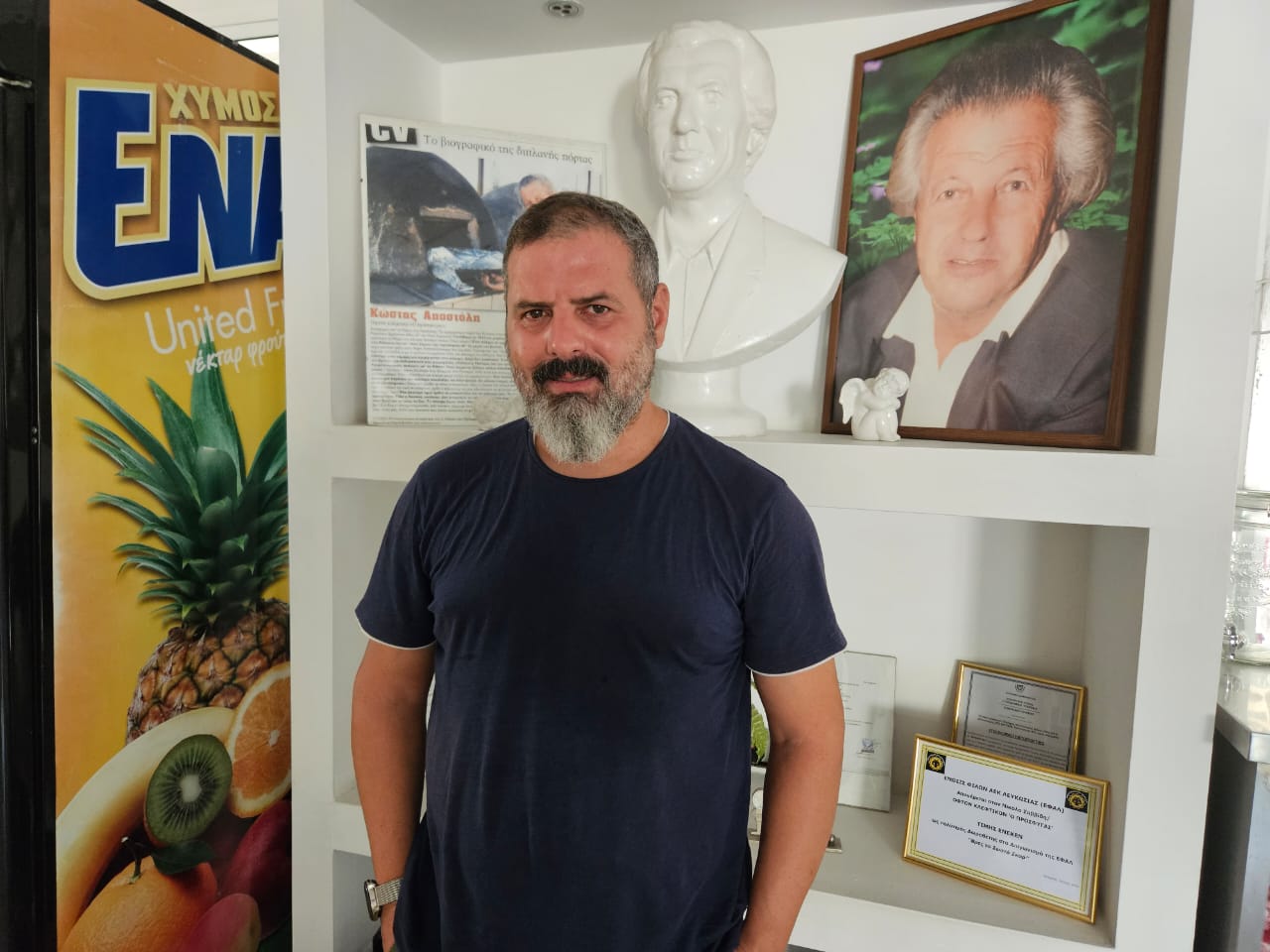
Indeed, by the time customers arrive in the evening, the work is mostly limited to making salads and serving tables – though that’s no small task, given the dish’s popularity.
Kleftiko in the summer attracts hundreds of people; usually more people than there are portions of kleftiko, actually. Chrystalla’s taking orders as we chat, the phone ringing several times in succession. It’s still early afternoon – yet, if these customers are ordering for tonight, they may already be too late.
The meat is already slow-cooking; there’s no time to cook any more. The ovens are filled according to the previous day’s orders, with a hefty extra added for latecomers. At some point, though, the portions will run out – which, in a ‘pure’ kleftiko place like Prosfygas, can only mean one thing. “In May, June and July, when the season’s at its peak, we might turn away 100, 150, 200 people every night,” says Nicolas Savvides, Chrystalla’s nephew.
Like Melissos – and indeed Patrikon – Prosfygas is a family business: Costas Apostolis had four daughters, and all four worked at the restaurant (they still do, though one is currently distracted by a baby grandchild). Nicolas – the son of Chrystalla’s older sister Despo – is the only representative of the third generation, having joined at 16 (he’s now 45) and loved it so much he decided to skip university.
He’s obviously born for the job, being emotional and enthusiastic – and in fact he almost cries (literally cries!) when discussing the customers at Prosfygas, some of whom have been regulars since the place first opened after the invasion. They’ve become friends, and grown old together. His aunt has already told me that “nearly every week, Nicolas has to go to a customer’s funeral”.
Maybe it’s because they close every year, so every new re-opening is like a reunion. Maybe it’s just the culture of kleftiko, a dish associated with big noisy groups and cool summer nights – and a working-class, egalitarian dish, ever since its inception. Everyone agrees on the origin of kleftiko, hailing from the days when poor peasants would steal livestock (‘kleftis’ means thief) and slow-cook it in a hole in the ground.
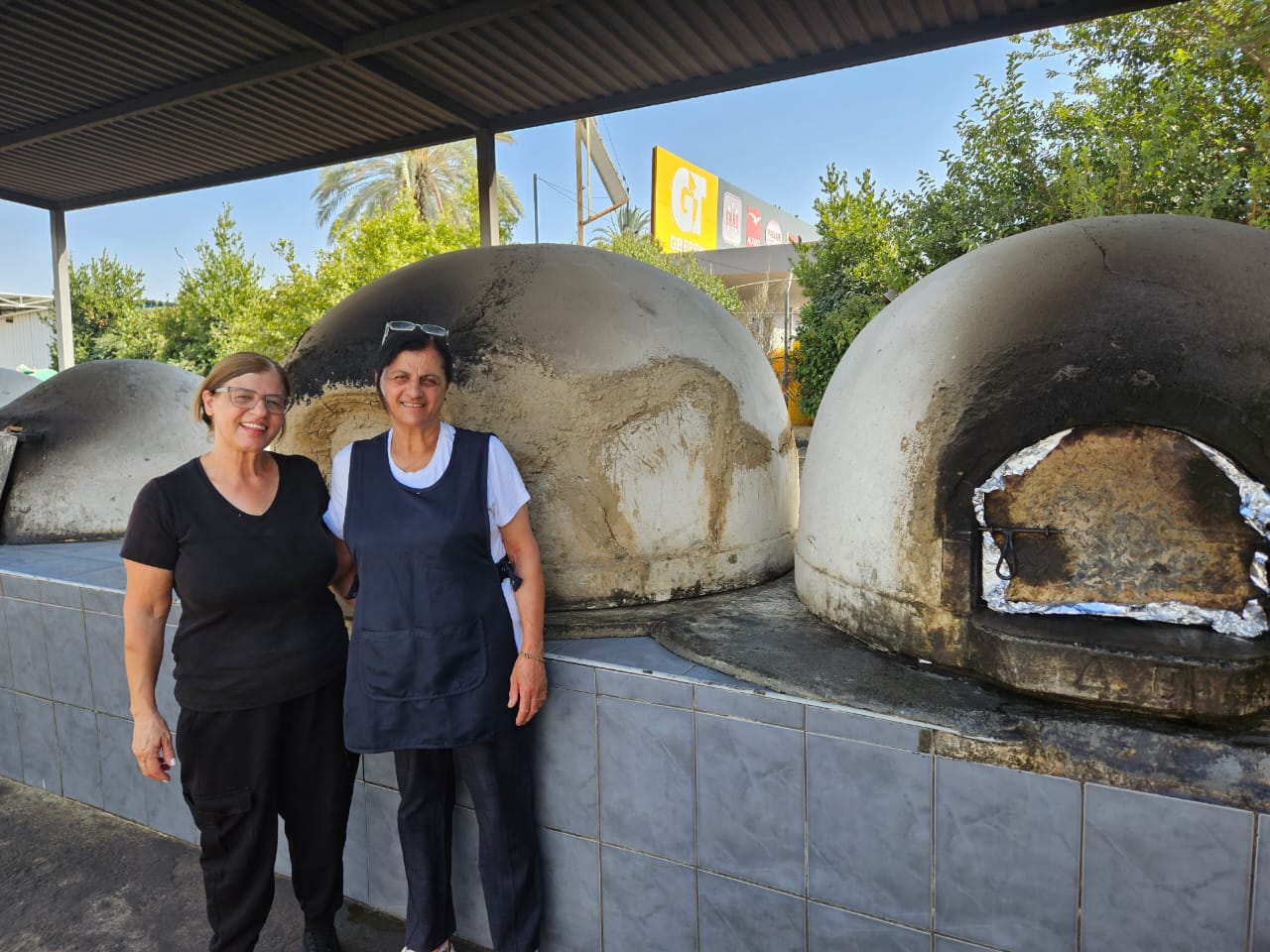
Kleftiko culture has a communal vibe. ‘We have Wi-Fi here, but we also have each other’ reads a sign on the wall at Melissos. “We have people coming from Australia,” says Chrystalla. “We have Brits who came years ago and are now coming back. As soon as they land at the airport, they want to come to Prosfygas.”
“We’re very popular with Italians – don’t know why – and Chinese,” adds her nephew. “The Chinese enjoy more fatty pieces, that’s just the way they eat it.” They also get customers from other parts of Cyprus (especially the area around Pyrgos), kleftiko being – he claims – mostly a Nicosia thing, with Larnaca a distant second. “I don’t think it even exists in Limassol, or if it does it’s just by accident.”
Is that true? Well, yes and no. Most of the well-known places are indeed in the Nicosia district: Prosfygas, Melissos, Kyriakos, Porfyrios in Peristerona, Klatsibambas in Tseri (who, like Melissos, employs the ‘syrto’ method, tossing in the pieces of meat tied together with string, without any foil-wrap). Not only is this list not definitive, though – Shiftouris in Larnaca is notably absent – it’s also very purist in including only those who specialise in kleftiko, and only those who make it a certain way.
That, in the end, may be the best explanation for why kleftiko season ends with the first chill of autumn: Because that’s just how it’s always been. Kleftiko stands for continuity, both in the food and those preparing it. Panayiotis Melissos has been in the business for 63 of his 74 years. Prosfygas is now in its third generation. As in much of our Cypriot food culture, the emphasis is squarely on tradition and tried-and-true methods, with minimal changes.
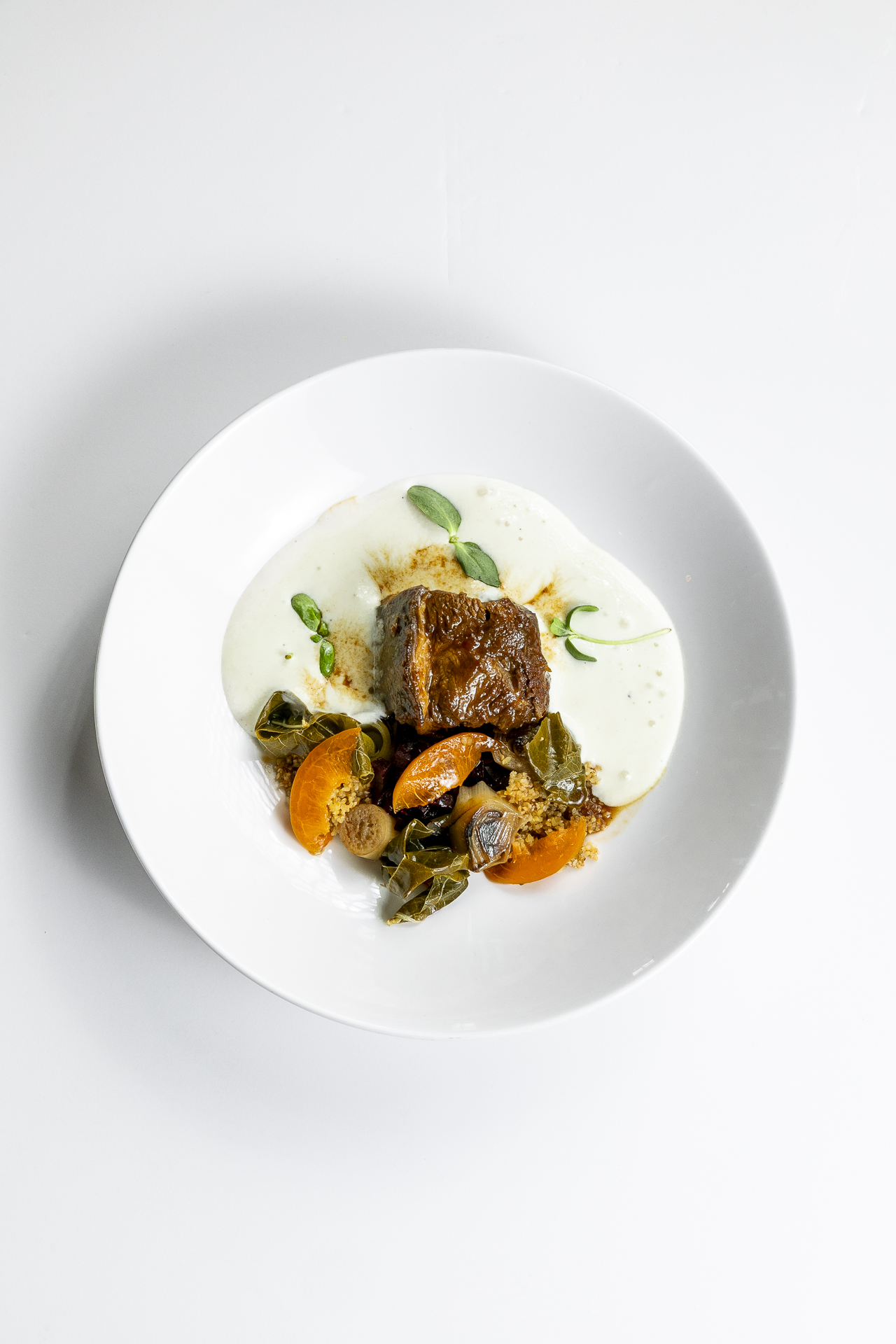
People in the Famagusta district put the meat on metal baking trays – but that’s not kleftiko. Lots of tavernas offer it on the menu alongside the kebabs and meze, cooked in a normal gas oven – but that’s not kleftiko. In Greece they add vegetables, sometimes even feta cheese – but that’s not kleftiko. At Prosfygas the only add-on is some bay leaves in the oven, for aroma. At Melissos it’s just meat and salt.
Stavros at Patrikon disagrees – and indeed their current version of the dish, billed as a light summer kleftiko, doesn’t even use lamb, substituting beef (prime Cypriot short ribs). It’s cooked for two hours with a mix of 12 herbs – notably shinos seed – and served with potato foam, caramelised leeks, beetroot, pickled vine leaves, and apricots.
Is that even kleftiko?
Of course, he replies – the distinctive factor being that it’s slow-cooked. “Every country has a dish that’s slow-cooked in the oven. The Italians have ossobuco, Americans have their brisket, Greece has kokkinisto – but the technique is the same. It’s just that, for some cultures, their oven is outside and oval-shaped, while for others it’s indoors and square… My point is, what makes a kleftiko kleftiko is the slow-cooking procedure.”
Is kleftiko even that special? The melancholy truth is that, Unesco or not, it’s not even uniquely Cypriot; similar dishes exist throughout the region, from Turkey (where it’s called firin kebab) to Egypt. Yet there is something special to our only-in-the-summer favourite – actually two special things.
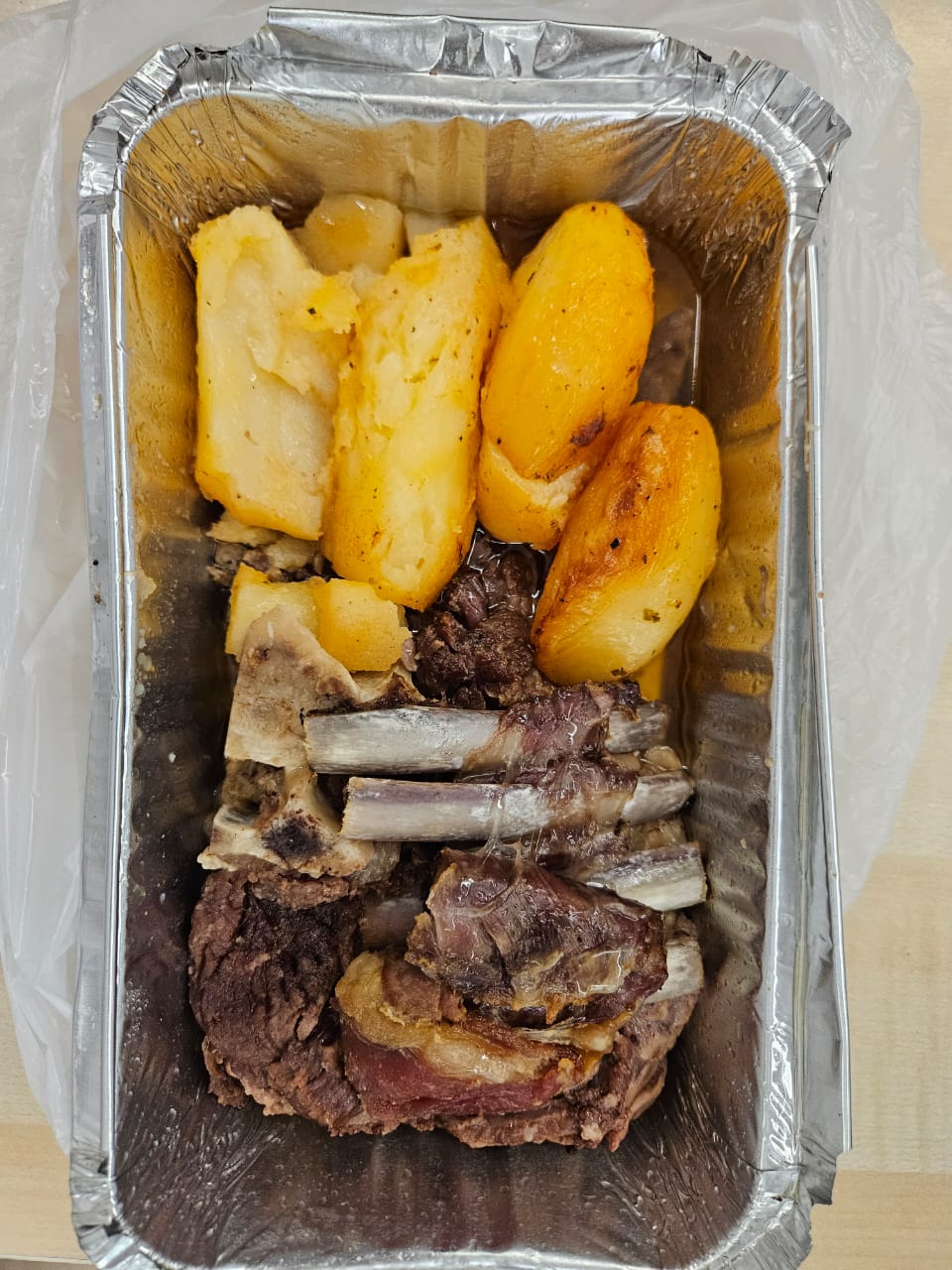
The first is that it’s only in the summer, a rule not imposed in any other country. And the second is its singular position in Cypriot cuisine generally – a subject on which Stavros has a lot to say, none of it encouraging. “Do you know that in Cyprus we don’t have a single Cypriot restaurant?… Our tavernas don’t do Cypriot cuisine”.
So what do they do?
“Grilled meats.”
Meat was never a big part of traditional cuisine – but when it did appear it was never on a charcoal grill, never in souvlaki form. It was usually in simmering stews like kapamas and tavas, or cooked in red wine like afelia – all now removed from most local menus, supplanted by the more basic, artery-clogging fare.
Kleftiko, however, survives, a reminder of the old slow-cooked ways, pre-kebab culinary Cyprus – and an actual traditional dish, thanks Unesco. And of course it’s a reminder of summer too, summer in the city, and a cold beer to wash down the pungent and fatty – but meltingly tender – meat, its juices puddled in a charred strip of foil. The thing about kleftiko is that you have no control, sighs Nicolas, you put in the meat and “seven hours later you don’t really know what’ll come out”. Just relax and hope for the best. Isn’t that what summer’s all about?



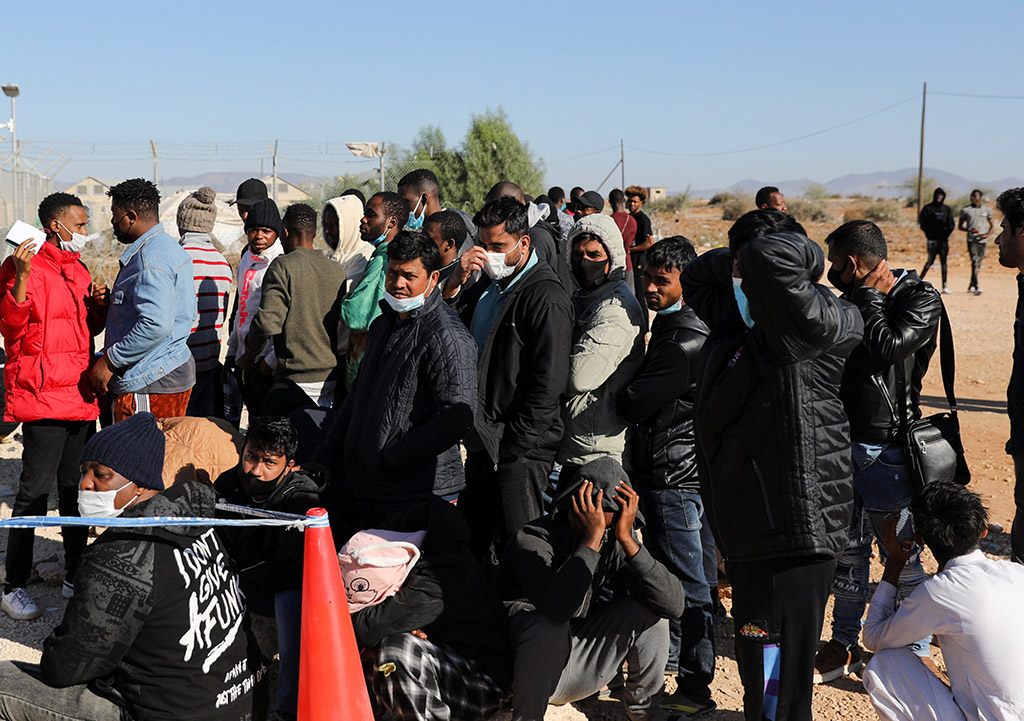
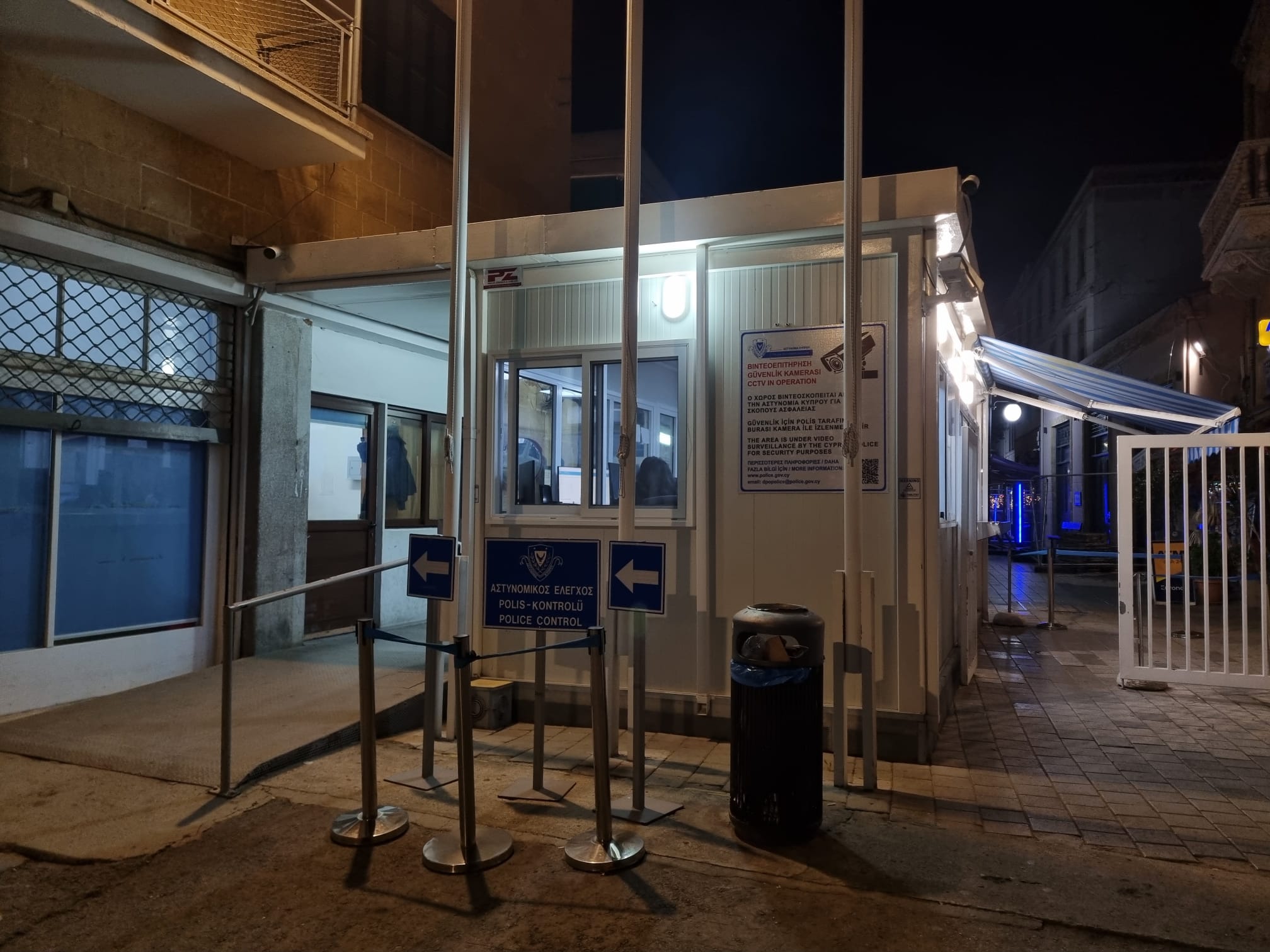
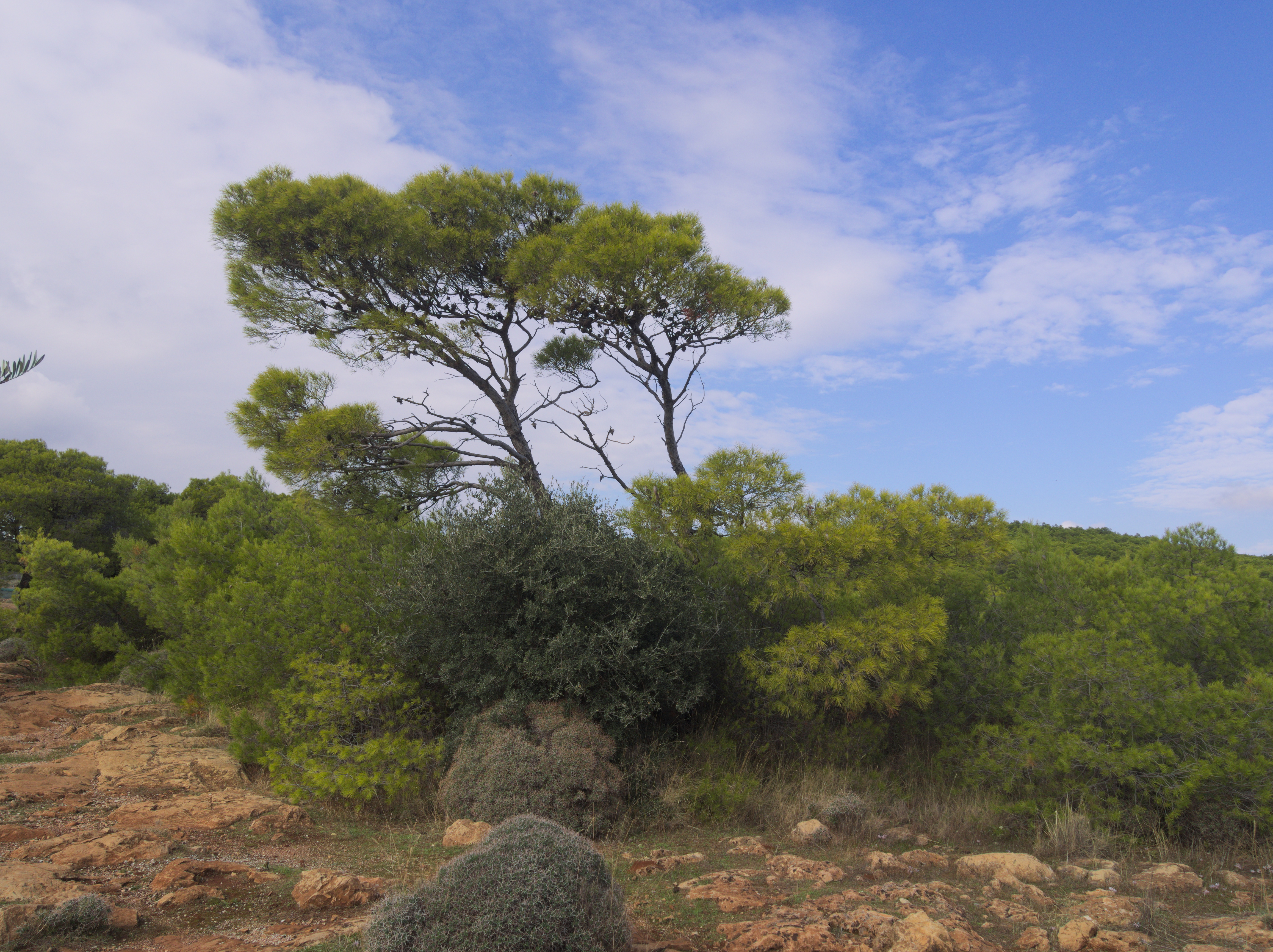

Click here to change your cookie preferences